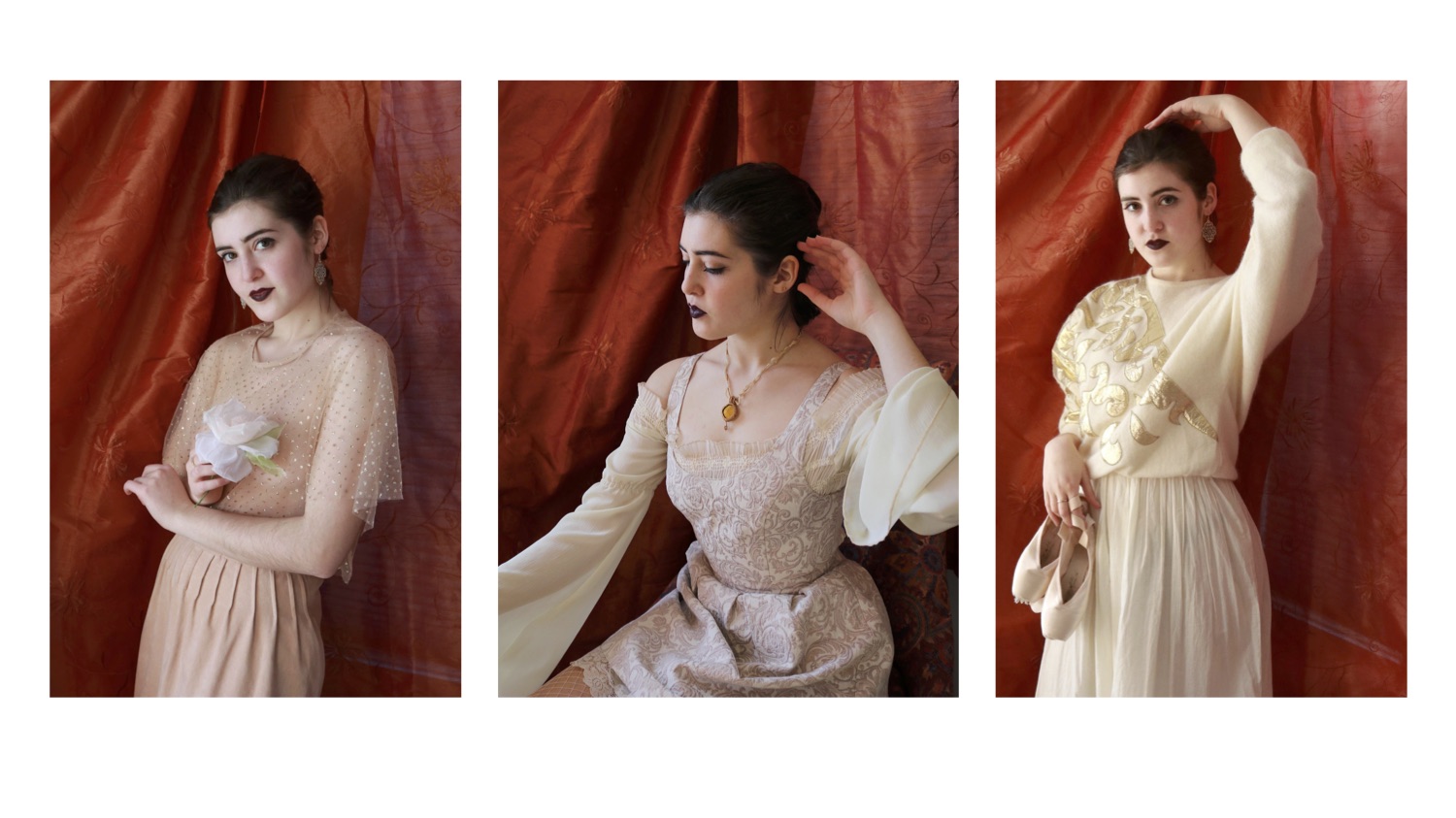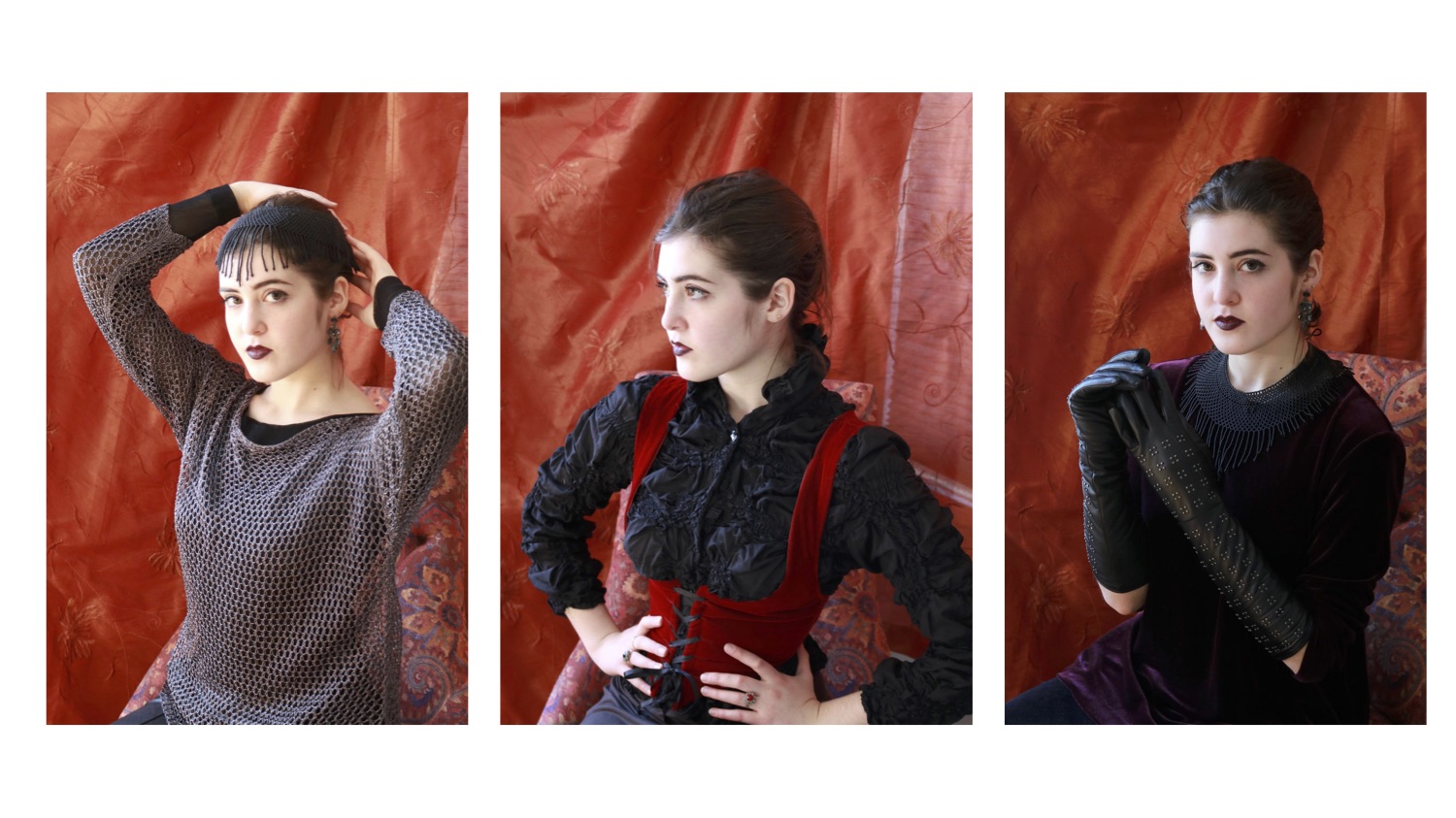Dining al Desko consists of two back-to-back monologues delivered, rather un-dramatically, by a pair of workers in an open-plan office. Unfortunately, I was unable to see the second monologue as it was still in production so my judgment is only based on the first.
The first half of Dining al Desko is a narrative of decline and fall centred on Julie, a receptionist played by Julia Pilkington. She is a vivid character – paranoid, ambitious and totally at sea in the cut-throat world of office politics. Echoing Gordon Gekko, she boasts of the fact that she works through the lunch hour and is never seen away from her desk.
But her workaholic tendencies aren’t enough to prevent her from being displaced by Trish, her younger and savvier rival. First, Trish usurps Julie’s place at the annual audit. Then Julie finds herself saddled with dull proof-reading tasks and the daily coffee round. Finally, her desk is commandeered by Trish. Julie is confined to an increasingly marginal role as it seems clear to everybody except her that she is on the way out.
Julie’s awkward mannerisms and self-deceiving stoicism are well-portrayed by Julia Pilkington. At various points, we find her clambering under her desk, munching on a croissant, brushing off small snubs, pretending that she is in line for promotion and persuading herself of the merits of a desk-less existence.
She is a pathetic character but also a likeable one – a woman who hopes for more but doesn’t expect it. Alastair Curtis perfectly captures the humour and the pathos of her situation – his writing is wry, sharp and gently depressing. In fact, the writing carries the performance, sweeping forgotten lines and occasional missteps under the carpet.
I am told that the second half of the play is centered on Tom, the office’s finance manager, who is played by Christopher Page. He is briefly mentioned in the first half in connection with the annual audit and the action in the second half apparently concerns a financial scandal at the firm where he and Julie both work. The scandal turns the office upside down, and events take an increasingly absurdist turn. Given the quality of the writing in the first half, I am sure that the second half will be just as well-observed and wryly amusing as the first.
Dining al Desko has the seeds of a fascinating play. It’s amusing but not unserious; it is well-written and, from what I saw, well-acted. The play is only being performed once so it is perhaps understandable that the version I saw was incomplete – if you want to see the finished product then go along to the Old Fire Station on Gloucester Green at 7:30 next Thursday.




